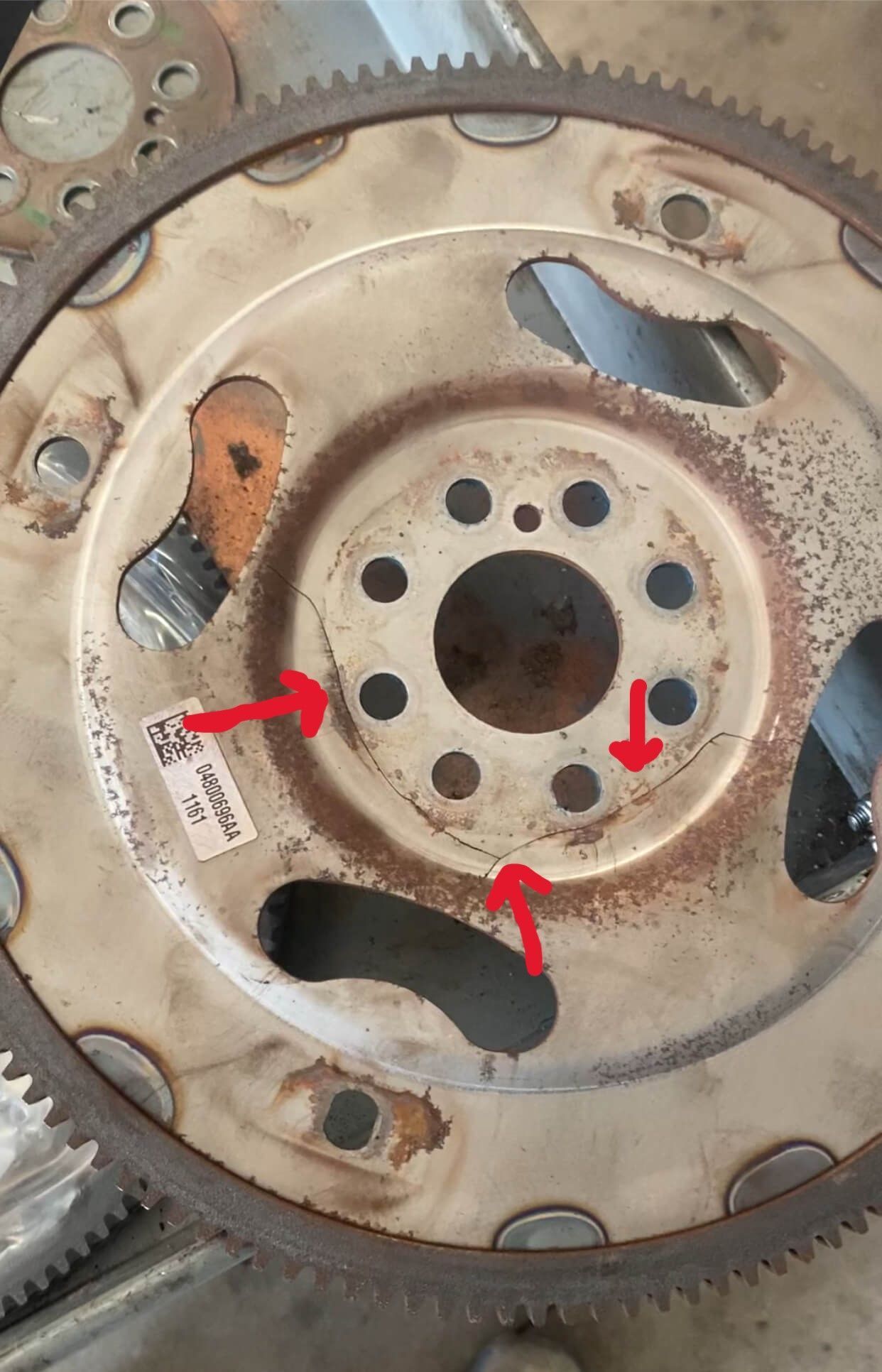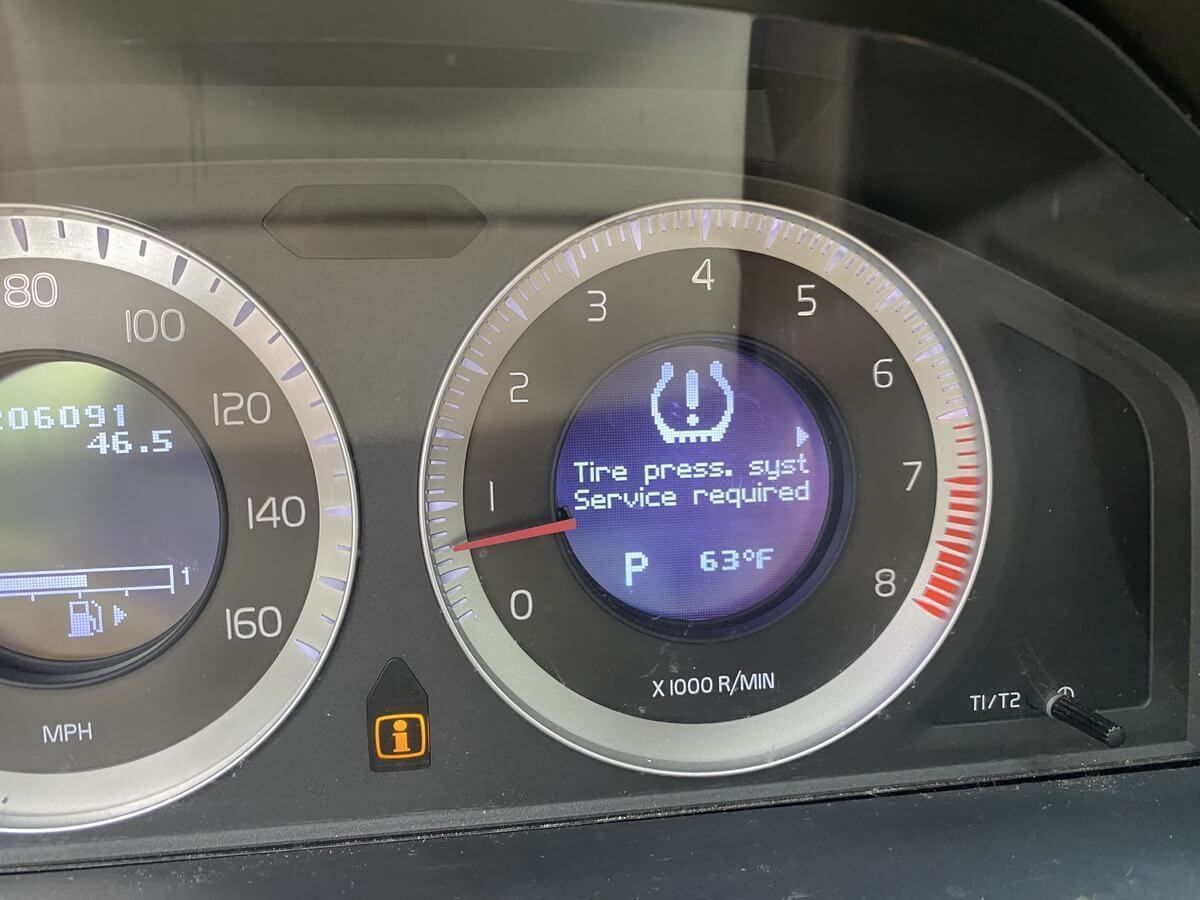Our Blog
Enhance tire lifespan with Kennedy Automotive's expert tips in Wilmington, NC. For reliable auto repair solutions, visit us today!
Expert tire rotation services in Wilmington, NC at Kennedy Automotive. Enhance performance, extend tire life, & drive safer. Schedule an online appointment now!
Expert brake service at Kennedy Automotive in Wilmington, NC. Ensure your safety with our top-notch brake maintenance. Schedule an appointment today!
Ensure your car runs smoothly with expert oil changes by Kennedy Automotive in Wilmington, NC. We prioritize quality and care. Visit us today!
Discover expert auto diagnostic services at Kennedy Automotive in Wilmington, NC. We provide reliable solutions for your vehicle's needs. Schedule an appointment today!






